Samaaro + Your CRM: Zero Integration Fee for Annual Sign-Ups Until 30 June, 2025
- 00Days
- 00Hrs
- 00Min
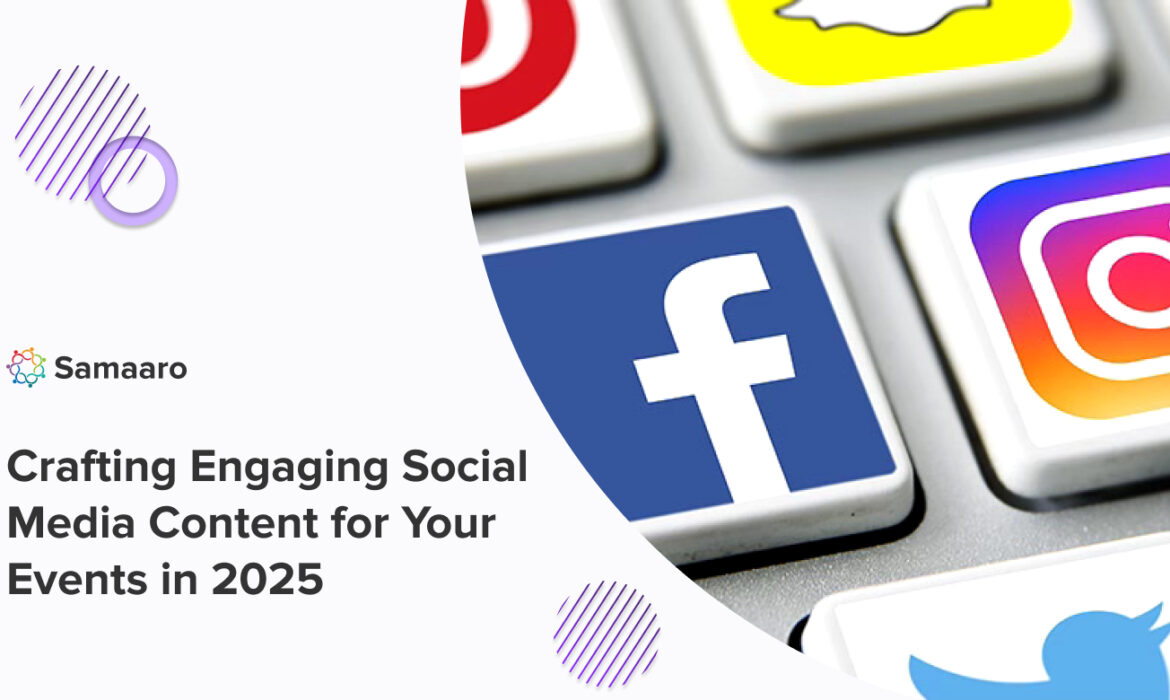
Promoting events via social media is an important way to engage audiences. Regardless of if you are planning a corporate seminar, a product launch, or a music festival, social media should be part of your promotional toolkit. The reach and possibilities are incredible. With millions and millions of users spending multiple hours each week on social platforms such as Instagram, Facebook, TikTok, Twitter, and LinkedIn, the chances of an event reaching or engaging audiences is truly remarkable.
The advantages of a multi-pronged approach to social media should not go understated in 2025. Each social media platform provides content opportunities to uniquely defined audiences based on both demographics and content consumption preferences. If you have a content strategy that targets the various social media platforms, and specifically treats each platform differently, your event could be organized, fun, and event-worthy, leading to attendance and engagement with your event.
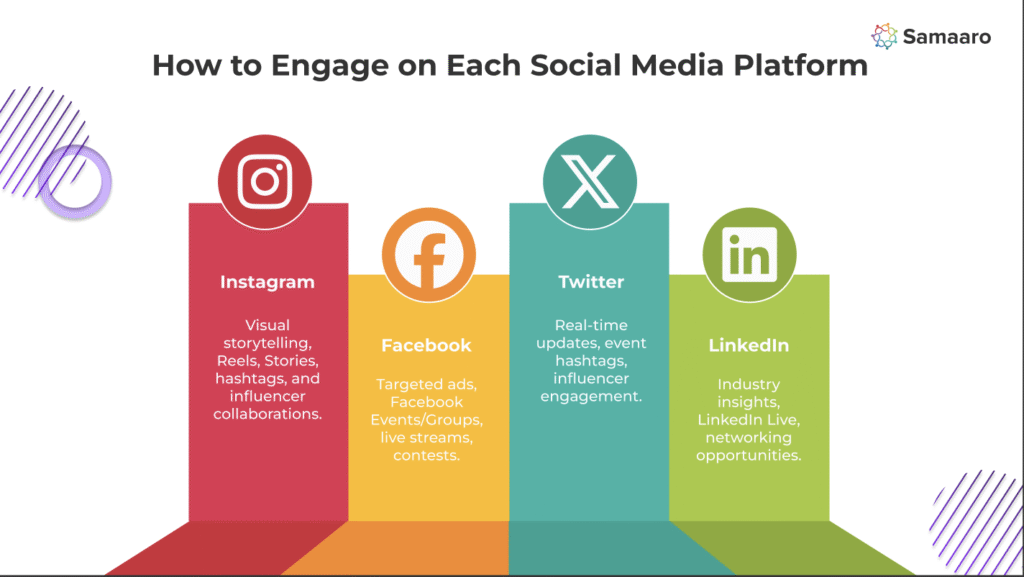
Instagram is the visual frontier. The ideal platform for displaying the pulse of your event by showcasing your unique energy.
Despite the emergence of more focused platforms, Facebook is still the major player with twenty-three percent (23%) of users aged fifty to seventy in 2025. It is a great option for creating discussions and promoting events to older audiences and allows businesses to target audiences based on their interests and profession.
Twitter is an excellent tool for real-time engagement and industry conversation.
The best use of LinkedIn is for professional or industry-focused events such as conferences, workshop offerings, or networking events.
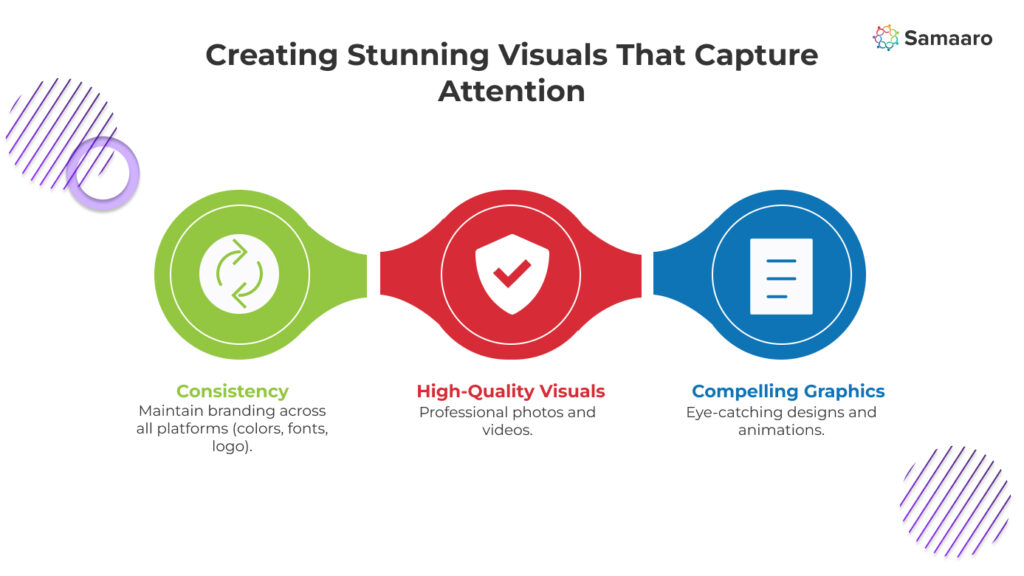
While not every organization will have access to or ability to invest in examples of professional quality visuals, to best achieve quality and expected quality for any/most types of event, Toby-rendered to his target demographics have generally assumed grants but do in offers, promotions of a good quality, strengths.
While not every organization will have access to or ability to invest in examples of professional quality visuals, to best achieve quality and expected quality for any/most types of event, Toby-rendered to his target demographics have generally assumed grants but do in offers, promotions of a good quality, strengths.
Event Highlights: Take high-quality pictures of key moments, speaker sessions, panel discussions, and audience interactions.Promotional Videos: Create clips and trailers of your event’s theme, past accomplishments, or what participants can expect.
Behind the Scenes Footage: Show unfiltered behind-the-scenes activity of your staff preparing for the event, it makes your brand human, and it gets people excited.
Live Action Shots: Photos of live activity, like networking or a product demo can help energize and connect with your content.
Visuals can be used to distill complex content and provide a more engaging experience.
Infographics: Use visuals as an effective means of conveying key data, event schedule, attendee demographics, etc.
Countdown Timers: Use countdowns to create urgency and excitement leading up to the event date.
Animated Content: Use animations in your event promotion to spotlight speakers, agenda items, or specials.
Interactive Graphics: You can engage your users with interactive content like polls or quizzes using visual content.
Having a consistent and cohesive visual identity is important for building brand recognition and trust.
Brand Guidelines: Be sure to follow your brand’s color palette, typography, and logo usage guidelines for visual content.
Templates: Use templates for repetitive material, such as event promotions or countdowns, etc. to create consistency.
Cross-Platform Adaptation: Make sure that your visuals are adapted to the platform.
For example:
Captions are your opportunity to help stop the scroll and catch your audience’s attention. An awesome caption does more than draw in viewers, it compels them to engage with your content and act. Here is how to develop great captions for your event promotion:
People love stories, so tell the story of your event. Illustrate your “why”; explain what’s special; or tell them how they remember the past events. For example,
“From a small idea over coffee to a global gathering of innovators; the journey has been amazing to get to #Event2025. Come be part of the story!”
“Last year, attendees made lasting connections and found defining ideas at [Event Name]. Who knows what we have planned for 2025? Come and find out!
Make your audience a part of the conversation with questions of wonder or fun. For example:
“What is one consideration you look for at an unforgettable event? We want to know what you think in the comments!”
“Who’s excited to experience [Event Highlight]? Add a? if you’re coming!”
Providing some lightness and personality is a great way to humanize a brand. It makes you relatable. For example:
“Our lineup of speakers this year? Inspiration, innovation, and just the right amount of caffeine.?
“You + [Event Name] = Networking Heaven. See you there?”
Always tell your audience what they should do next. For example:
“Early Bird tickets have launched! Don’t wait. Book your tickets today at [Link].”
“Follow us for live updates and exclusive sneak peeks behind the scenes as we prepare for the big day!”
When it comes to marketing your event, influencer marketing is no stranger to raise visibility and credibility of any event. Choosing the right influencer can positively impact your event attendance or engagement.
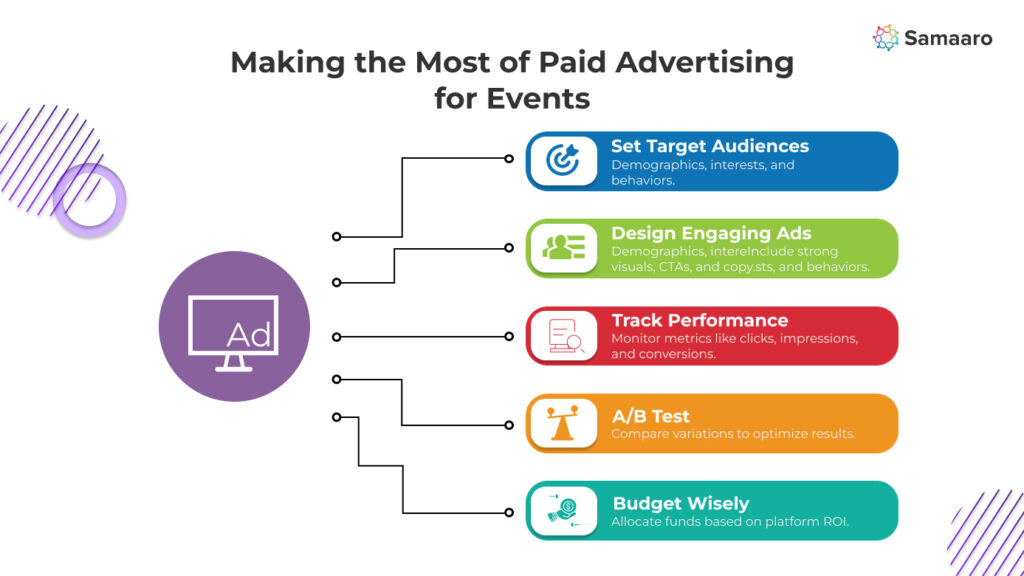
Paid social ads are extremely important when reaching larger audiences beyond your natural or organic audiences. When used effectively and strategically, they can deliver massive ROI and deliver event awareness.
Tailor your ads to the platform of choice:
Consider tracking through monitoring dashboards:
Be sure to keep optimising your ads that are not performing as expected to maximise your ROI.
Implementing more strategies surrounding captions, influencer marketing, and paid advertising will significantly drive the accomplishments of your event social media campaigns. Combining engaging content, influencer partnerships, and paid ads, means that your event will reach success and visibility through social media.
Just remember, social media plans are not static. You should always monitor your campaigns, track performance metrics, and adapt to ensure you continue to succeed. With the right approaches and tools, social media is a powerful medium to make your event truly unforgettable.
Let Samaaro, an AI-enabled event marketing platform, help you design and execute a social media strategy that works for you for your next event. Ask to demo today and start the process of creating impactful events!

Built for modern marketing teams, Samaaro’s AI-powered event-tech platform helps you run events more efficiently, reduce manual work, engage attendees, capture qualified leads and gain real-time visibility into your events’ performance.
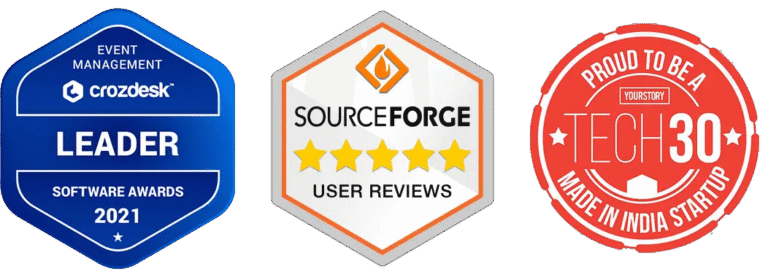
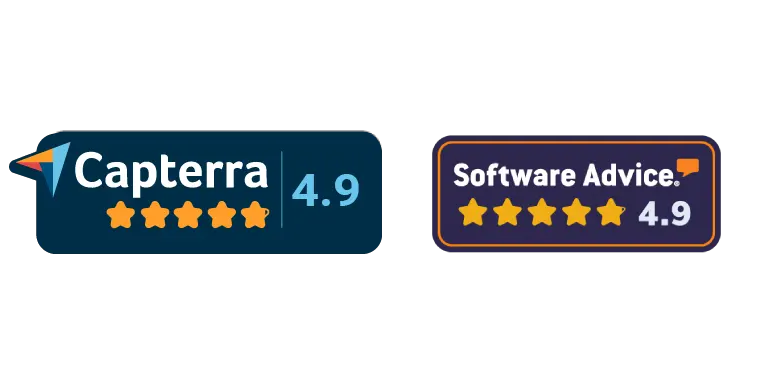
© 2025 — Samaaro. All Rights Reserved.